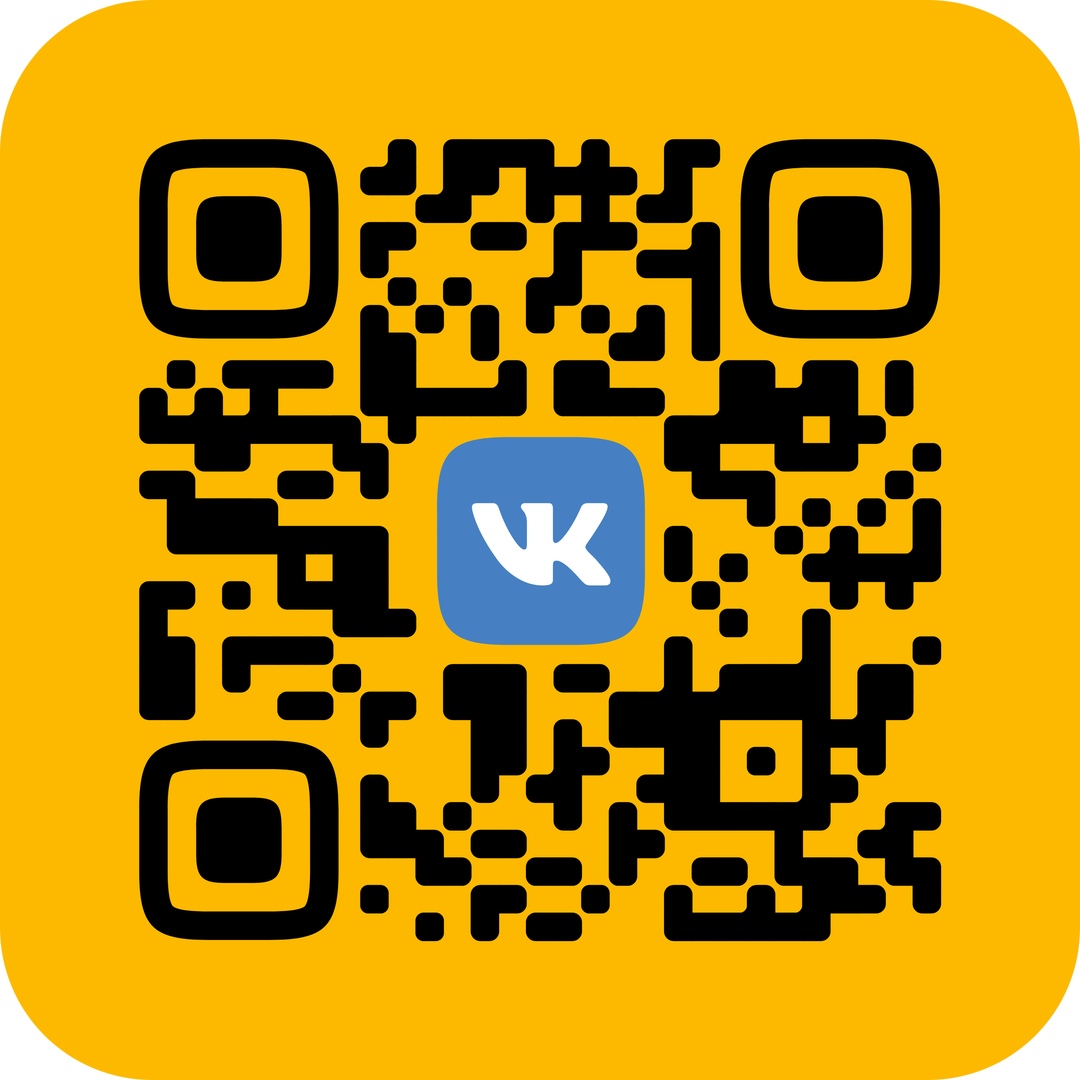In today’s digital age, QR codes have become ubiquitous symbols of connectivity and convenience. These square-shaped patterns, originally developed in Japan, have evolved into powerful tools for businesses, marketers, educators, and individuals alike. With the rise of smartphones equipped with QR code readers, their functionality has expanded exponentially, offering endless possibilities for seamless interaction between the physical and digital worlds. This article delves into the intricacies of creating QR codes, exploring their significance, applications, and the underlying technology driving their functionality.
Understanding QR Codes: A Brief Overview
QR codes, short for Quick Response codes, were first created in 1994 by Denso Wave, a subsidiary of Toyota, to track automotive parts during manufacturing. Initially intended for industrial use, QR codes gained popularity in consumer applications due to their ability to store large amounts of data and their fast readability. These two-dimensional barcodes consist of black squares arranged on a white background, encoding information that can be quickly scanned and interpreted by smartphones, tablets, and dedicated QR code readers. Unlike traditional barcodes, QR codes can store various types of data, including URLs, text, contact information, and more, making them incredibly versatile in numerous contexts.
The Art of QR Code Design: Customization and Branding
While QR codes are inherently functional, their appearance plays a crucial role in their effectiveness. Designing QR codes involves striking a balance between aesthetic appeal and functionality. While the standard black-and-white QR code is recognizable and widely accepted, customization options allow businesses and individuals to enhance their branding and engagement efforts. Customizing QR codes involves incorporating logos, colors, and images into the design, aligning them with the brand’s visual identity. However, it’s essential to maintain a balance between creativity and functionality to ensure that the QR code remains scannable and retains its intended purpose. Whether embedded in marketing materials, product packaging, or digital content, well-designed QR codes can capture attention and encourage interaction.
The Science Behind QR Code Generation: Encoding and Error Correction
Behind the simplicity of scanning a QR code lies a complex process of encoding and error correction. Generating a QR code involves converting data into a matrix of black and white squares using specific algorithms. The type of data encoded determines the structure and size of the QR code, with options ranging from alphanumeric characters to binary data. Additionally, QR codes incorporate error correction techniques to ensure reliable scanning, even in less-than-optimal conditions. Error correction allows QR codes to sustain damage or distortion, such as smudging or partial obstructions, without compromising readability. By strategically distributing error correction codewords within the QR code, creators can maximize its resilience to errors while minimizing its physical size.
Practical Applications and Future Trends: From Marketing to Contactless Transactions
The versatility of QR codes has led to their widespread adoption across various industries and use cases. In marketing, QR codes serve as gateways to digital content, allowing consumers to access websites, promotional offers, videos, and social media platforms with a simple scan. They are also instrumental in contactless transactions, enabling mobile payments, ticketing, and loyalty programs. Moreover, QR codes facilitate seamless information exchange in education, healthcare, logistics, and entertainment, streamlining processes and enhancing user experiences. Looking ahead, emerging technologies such as augmented reality (AR) and Internet of Things (IoT) integration are poised to further expand the capabilities of QR codes, paving the way for more immersive and interactive experiences.
Conclusion
In conclusion, QR codes have transcended their origins as mere tracking tools to become indispensable assets in the digital landscape. Their combination of functionality, versatility, and ease of use has made them invaluable assets for businesses, marketers, educators, and consumers alike. By understanding the art of QR code design, the science behind their generation, and their practical applications across industries, individuals can harness their full potential to enhance communication, streamline processes, and foster meaningful interactions in the physical and digital realms. As technology continues to evolve, QR codes will undoubtedly remain at the forefront of innovation, unlocking new opportunities and possibilities for connectivity and engagement.make a qr code

